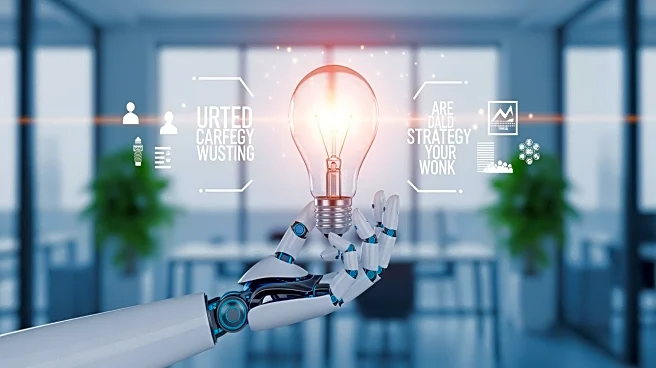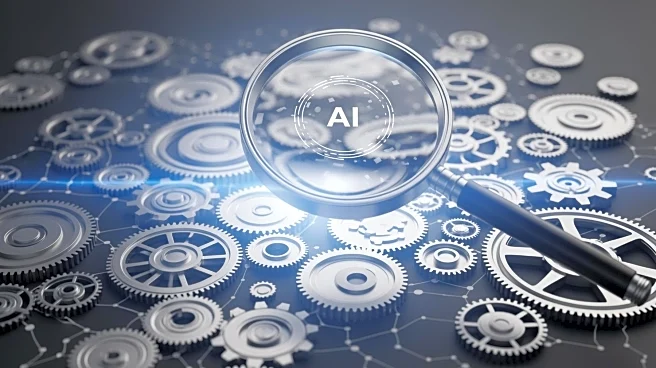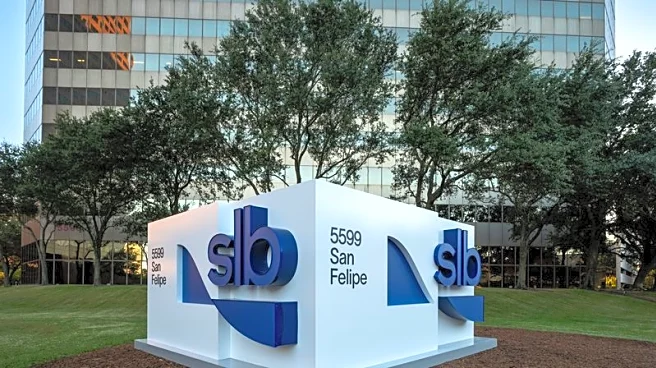What's Happening?
Teuila Hanson, Chief People Officer of LinkedIn, discusses the challenges and opportunities for HR leaders in a rapidly changing technological landscape. With the rise of automation and AI, HR departments are focusing on managing change to ensure employees
feel optimistic and inspired. Hanson emphasizes the importance of strategic planning, data quality, and open communication with employees. She draws on past experiences, such as the Great Recession and COVID-19, to navigate current challenges.
Why It's Important?
The integration of AI and automation in the workplace is reshaping the role of HR, requiring leaders to adapt quickly to new technologies. This shift has significant implications for workforce management, employee engagement, and organizational strategy. HR leaders who can effectively manage change and leverage technology will be better positioned to support their organizations and employees. The focus on leadership during times of disruption highlights the need for transparency, empathy, and strategic foresight.
What's Next?
As LinkedIn continues to integrate AI into its HR functions, the company is prioritizing data quality and exploring small-scale AI applications. The broader HR industry is likely to follow suit, with increased collaboration between HR and IT departments. This trend will require HR leaders to develop technical acumen and work closely with technology teams to implement effective solutions. The ongoing evolution of the workplace will demand continuous learning and adaptation from both employees and leaders.














